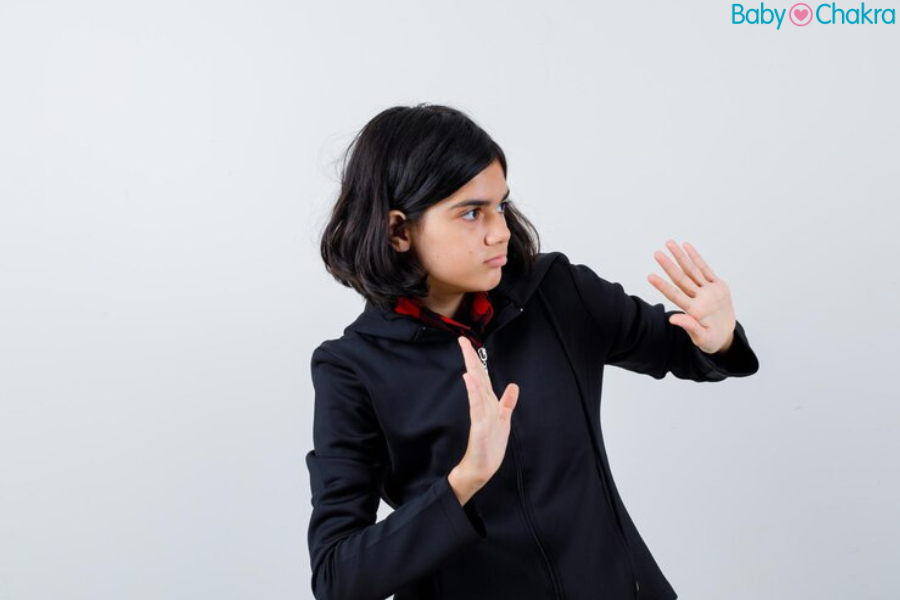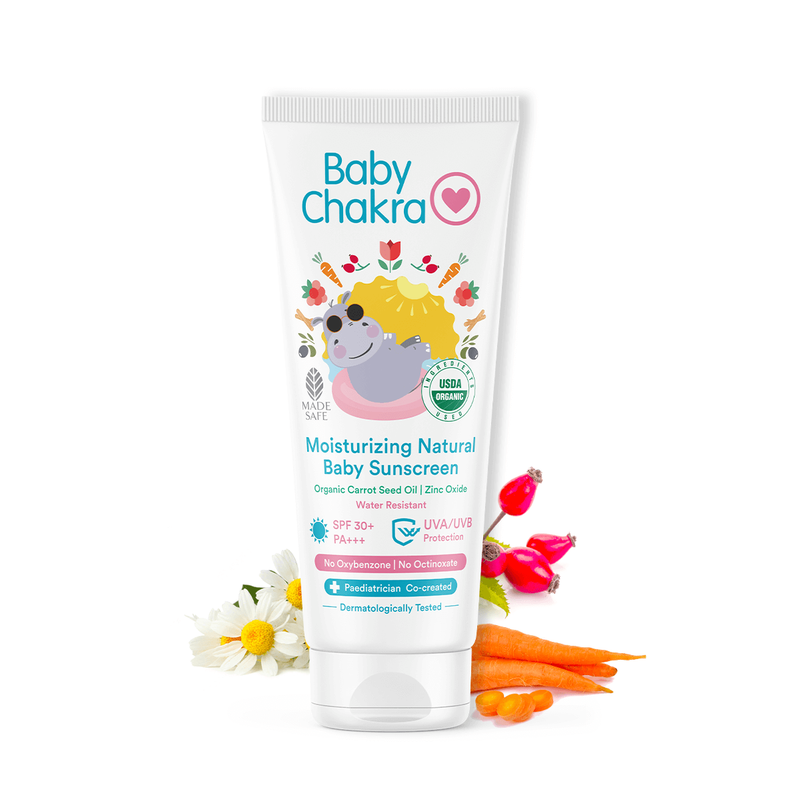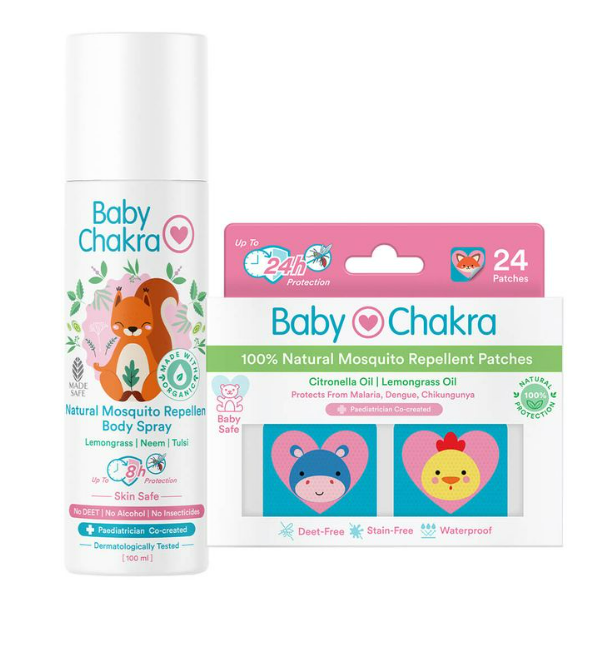
Shiksha Foundation’s Nitignya Waghela Gives Tips On Teaching Good Touch And Bad Touch To 5-Year-Olds
3 Mar 2023 | 5 min Read
Manisha Pradhan
Author | 1053 Articles
As parents, we want our children to be safe and protected from any kind of harm, especially from sexual abuse. Teaching kids about good touch and bad touch is an essential aspect of keeping them safe. However, talking about these sensitive issues can be a bit difficult, but it’s important to have these conversations with your child in a way that makes them feel safe and secure.
BabyChakra spoke to Nitignya Waghela who is the National Coordinator of Shiksha Foundation an NGO which educates children about good touch and bad touch besides providing children education and enlightening young girls about menstruation and personal hygiene.
Nitignya, who has been teaching kids about staying safe from sexual abuse for many years shares her tips on how to gently start teaching five-year-old kids about personal safety, especially about the good and bad touch.
What Does Good Touch And Bad Touch Mean?
Good touch refers to physical contact that makes a child feel safe, loved, and comfortable. It can include things like a hug from a parent, a pat on the back, or holding hands while crossing the road. Good touch is an important aspect of building trust, emotional connection, and physical intimacy between a child and their caregiver.
On the other hand, bad touch refers to physical contact that makes a child feel uncomfortable, scared, or confused. It can include things like unwanted hugs or kisses, inappropriate touching, or any other physical contact that a child feels is not right. Bad touch can be abusive and harmful to a child’s mental and emotional well-being.
Tips For Teaching Kids About Good Touch And Bad Touch
Start the conversation early
It’s essential to start teaching kids about good touch and bad touch at an early age. The right age according to Nidhi is five years. “We start talking about it with kids when they are five years old and we do these talks with kids in the age group of 5 to 15. We talk to them and interact with them, and for the younger ones like 5-year-olds, we show them some gestures,” says Nidhi.
You can start by teaching them the names of their body parts and explaining that some parts are private and should not be touched by anyone else.
Use age-appropriate language
Use language that your child can understand. For younger children, you can use simple words and phrases like “good touch” and “bad touch.” For older children, you can use more complex language and explain the consequences of inappropriate touching.
Roleplay
According to Nidhi, the best way to teach five-year-olds about good and bad touch is through role-playing and examples. Nidhi says, “We sometimes bring pet animals to show them how they react to the different touches. We show them examples through drama and sometimes even use toys like dolls etc.”
You can act out different scenarios and ask your child how they would respond in each situation. This can help them understand what to do if someone touches them inappropriately.
Explain the importance of boundaries
Teach your child that they have the right to set boundaries and say no to any physical contact that makes them uncomfortable. Explain to them that it’s okay to say no, even to an adult or someone they know.
Teach them to trust their instincts
Teach your child to trust their instincts and to recognize when something doesn’t feel right. Encourage them to speak up and tell a trusted adult if someone touches them inappropriately.
Reinforce the concept regularly
“It’s not a one-time process, parents need to do this talk every now and then. They can make it seem like a casual talk and ask their kids questions,” says Nidhi.
It’s important to reinforce the concept of good touch and bad touch regularly. You can use everyday situations to reinforce the concept, like when hugging a family member, ask your child if they feel comfortable and if they want the hug.
Talk about safe touch
Having said that, Nidhi says sometimes the line between good and bad touch is very thin and sometimes kids tend to get scared even if a teacher touches their head or pats them on their head. “It takes a lot of time and patience, so keep giving them examples. Show them YouTube videos on the topic, there are many good ones there,” shares Nidhi.
Teach your child that some touch is safe, but it needs to come from a trusted adult, like a parent or caregiver. Teach them the difference between the touch of a doctor or a nurse, for instance, and how it’s okay to allow that kind of touch to keep them healthy.
Create a safe space
Create an environment where your child feels safe and comfortable talking to you about anything, even if it’s uncomfortable. Encourage them to talk to you if they ever feel confused, scared, or uncomfortable about any physical contact. “Allow them to ask as many questions as they want and answer them patiently,” adds Nidhi.
Watch for signs of discomfort
Keep an eye out for signs that your child is uncomfortable with someone’s physical touch. These signs could include avoiding physical contact with that person, becoming quiet or withdrawn, or expressing fear or anxiety around them.
Teaching kids about good touch and bad touch is an essential part of keeping them safe from sexual abuse. It’s essential to start these conversations early.
Try these natural products to keep your kids safe this summer
Also Read:
7 Ways Kids Act Naughty But Aren’t: Read this to know if your child is actually naughty or is trying to express something.
Are Kids More Prone To Developing Auto-Immune Diseases?: Find Out Here
Cover image source: freepik
A


Related Topics for you
Suggestions offered by doctors on BabyChakra are of advisory nature i.e., for educational and informational purposes only. Content posted on, created for, or compiled by BabyChakra is not intended or designed to replace your doctor's independent judgment about any symptom, condition, or the appropriateness or risks of a procedure or treatment for a given person.


